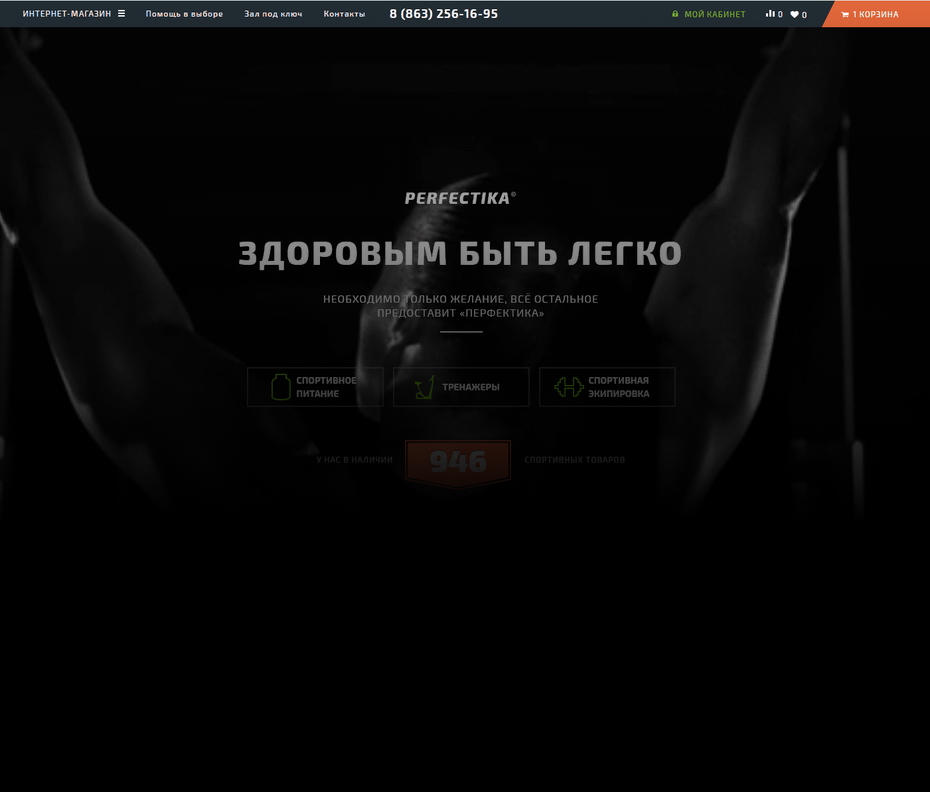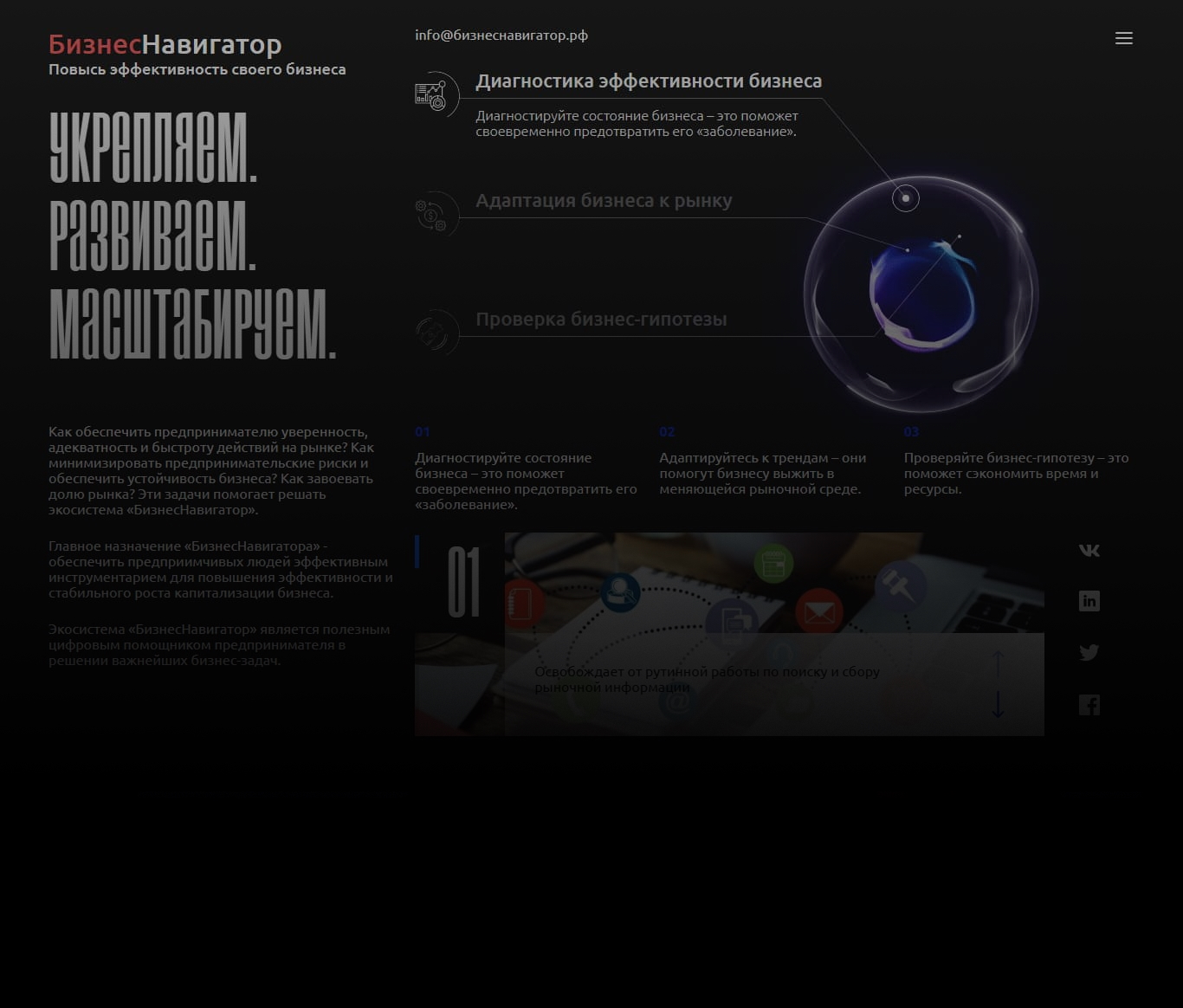Digital Agency Cases
We implement projects that receive awards and improve the business performance of our clients.
Classic websites
Website development of any scale, from a small landing page and a bright promotional website to a thoughtful, informative corporate website, a convenient and effective online store.
Type: corporate website
Branch: education
Description: an educational management course resource. It is an online educational course that will help you understand astronomy, artificial intelligence, the Internet of Things and other relevant areas of the modern world.
view the project
- Analytics, research
- UI/UX Design
- Adaptive design
- Layout
- Logic development
- Integration of templates with CMS
- Content filling
- Testing
Type: corporate website
Branch: education
Description: a service for testing and certification in the space sector. It is a platform that allows everyone to test their knowledge of the space sphere and increase the interest of children and adults in space exploration.
view the project
- Analytics, research
- UI/UX Design
- Adaptive design
- Layout
- Logic development
- Integration of templates with CMS
- Integration
- Content filling
- Testing
- Support
Type: corporate website
Branch: education
Description: the official resource of the ARCTURUS Space Technology Center. It is a website that demonstrates the activities and goals of a separate unit of the Federal State Educational Institution of Higher Education "Spetsvuzavtomatika" of the Ministry of Education and Science of the Russian Federation.
view the project
- Analytics, research
- UI/UX Design
- Adaptive design
- Layout
- Logic development
- Integration of templates with CMS
- Content filling
- Testing
Type: online store
Branch: trading
Description: the MOZART HOUSE beauty products marketplace. During the collaboration, we completed a complete redesign of the site, including mobile versions of the screens, as well as optimized the loading and operation of internal scripts.
view the project
- Analytics, research
- UI/UX Design
- Adaptive design
- Layout
- Logic development
- Integration of templates with CMS
- Integration
- Content filling
- Testing
- Support
Type: online store
Branch: trading
Description: thermal equipment from Taganrog. It is an online store of gas equipment from the best manufacturers. Boilers and boiler equipment. Heating equipment and systems. Water heaters. Spare parts. A large selection of products.
view the project
- Analytics, research
- UI/UX Design
- Adaptive design
- Layout
- Logic development
- Integration of templates with CMS
- Integration
- Content filling
- Testing
- Support
Type: promo website
Branch: other
Description: the business card of the DIGITAL SYSTEMS printing laboratory, which allows you to get acquainted with all the services provided by the laboratory in the field of typography and design.
view the project
- Analytics, research
- UI/UX Design
- Adaptive design
- Layout
- Logic development
- Content filling
- Testing
Type: corporate website
Branch: other
Description: an online business card of the magician Denis Vlasov, with which you can get acquainted with the magician's activities, as well as sign up for training or invite the magician to your holiday.
view the project
- Analytics, research
- UI/UX Design
- Adaptive design
- Layout
- Logic development
- Integration of templates with CMS
- Content filling
- Testing
Type: interactive website
Branch: other
Description: the platform is a selection of 3D models of interior objects. This service will allow the designer to optimize the selection of furniture for the project, and the furniture manufacturer to increase sales and minimize barriers to customers.
view the project
- Analytics, research
- UI/UX Design
- Adaptive design
- Layout
- Logic development
- Integration of templates with CMS
- Integration
- Content filling
- Testing
- Support
Type: online store
Branch: trading
Description: PERFECTIKA sports goods marketplace, which includes a large selection of sports nutrition for the most demanding athletes and equipment for any kind of sport.
view the project
- Analytics, research
- UI/UX Design
- Adaptive design
- Layout
- Logic development
- Integration of templates with CMS
- Content filling
- Testing
Type: interactive website
Branch: other
Description: a multiservice platform for business development. It includes services that provide business people with useful information to improve their business model in order to increase business efficiency and much more.
view the project
- Analytics, research
- UI/UX Design
- Adaptive design
- Layout
- Logic development
- Integration of templates with CMS
- Integration
- Content filling
- Testing
- Support
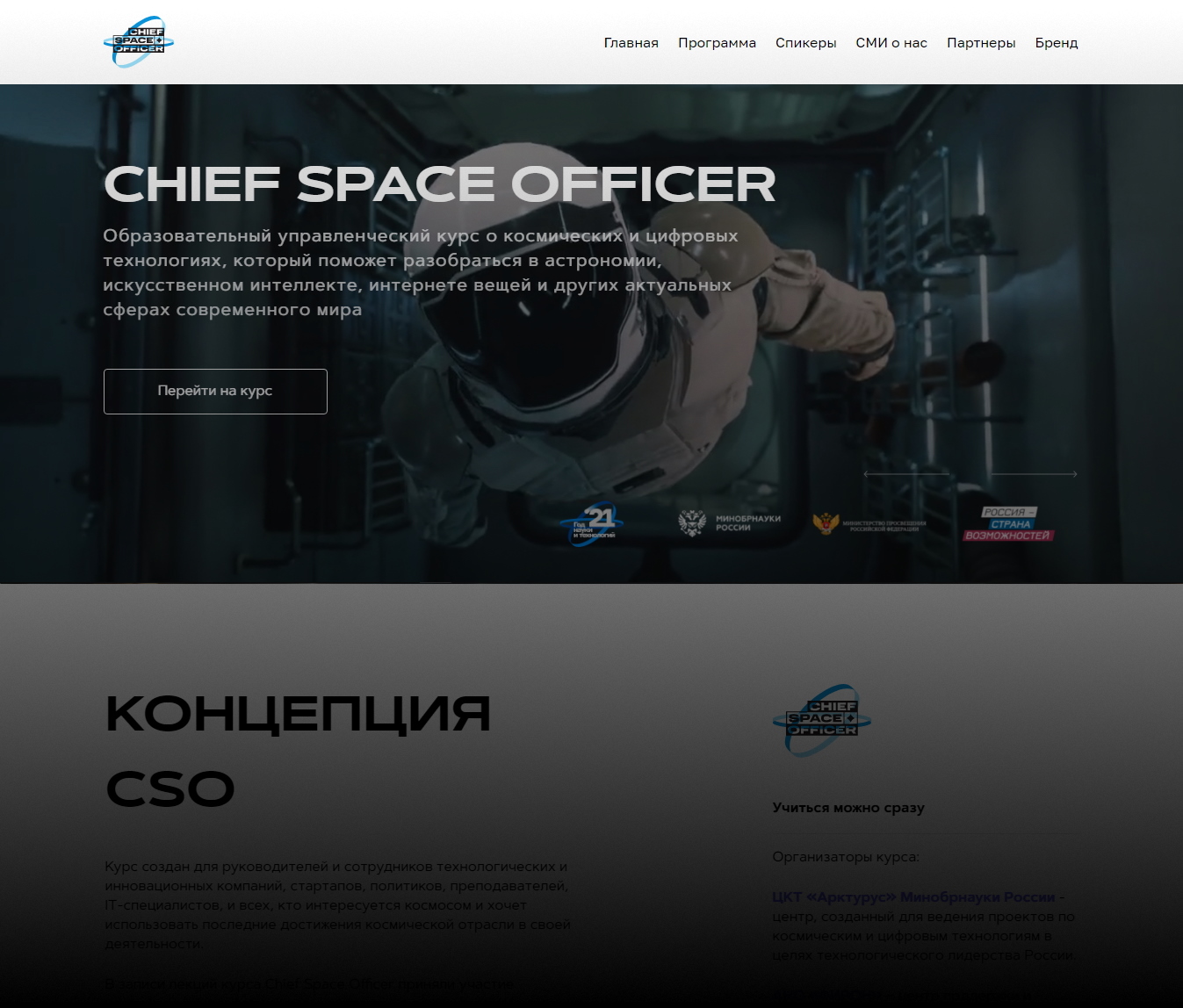
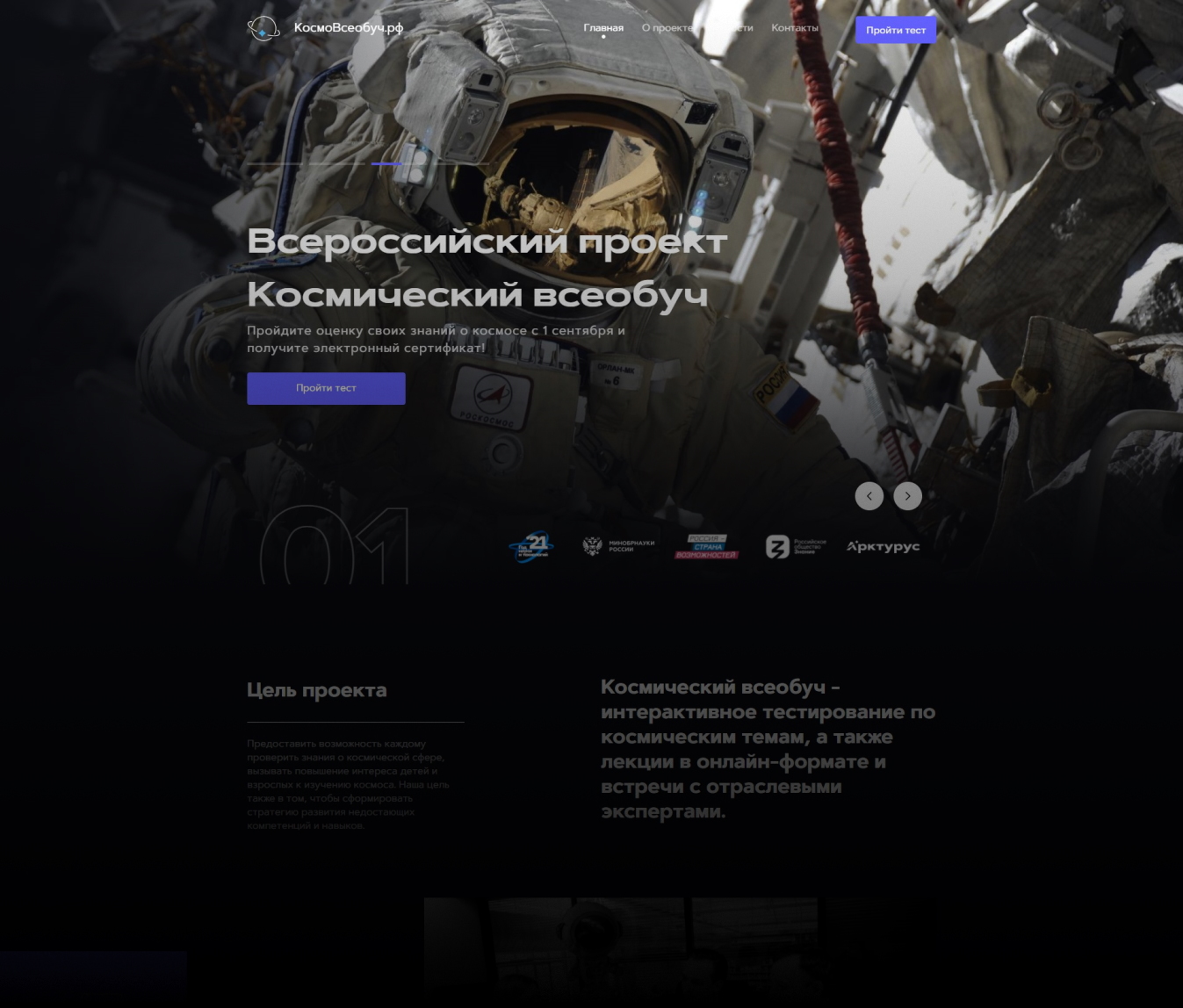
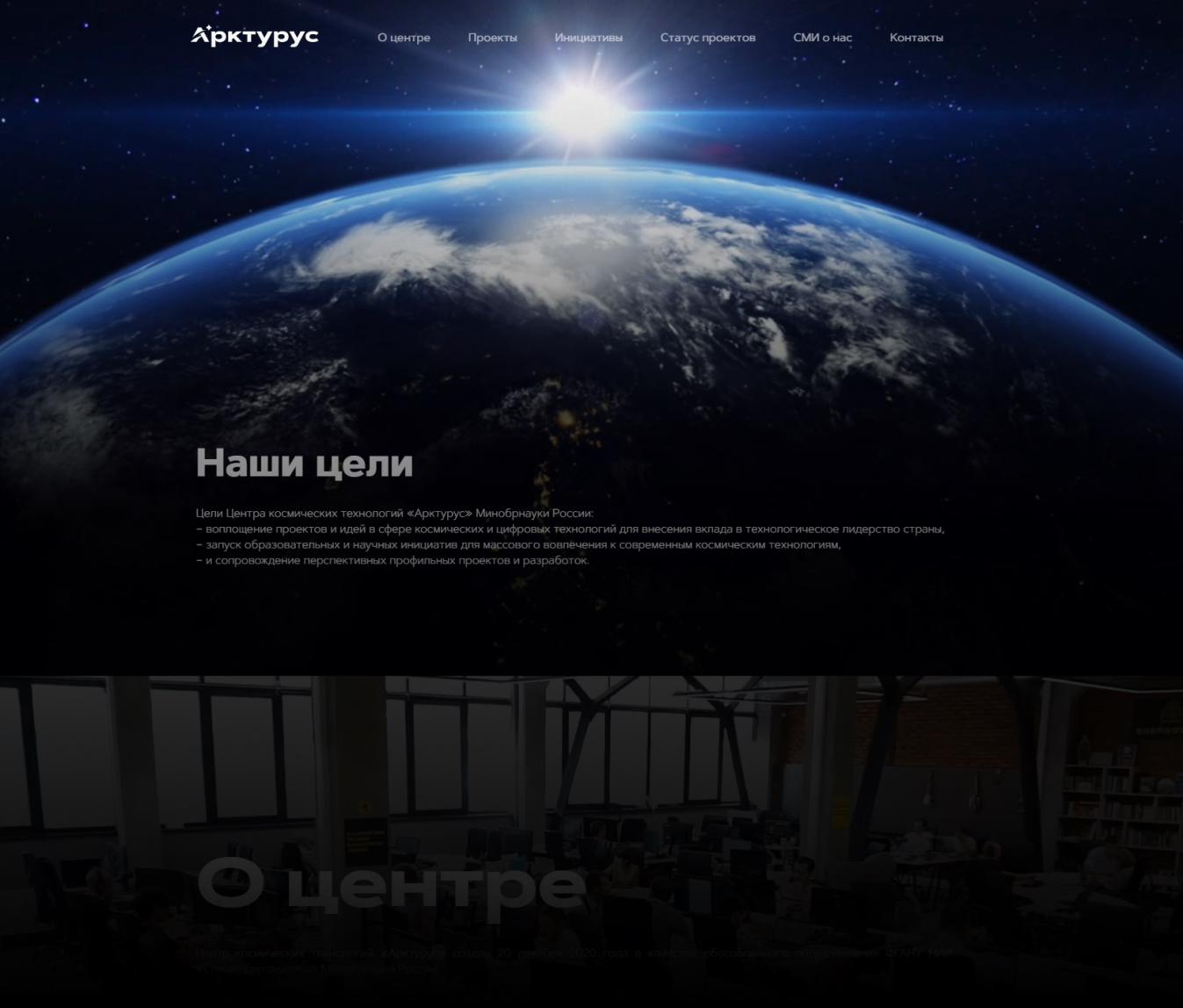
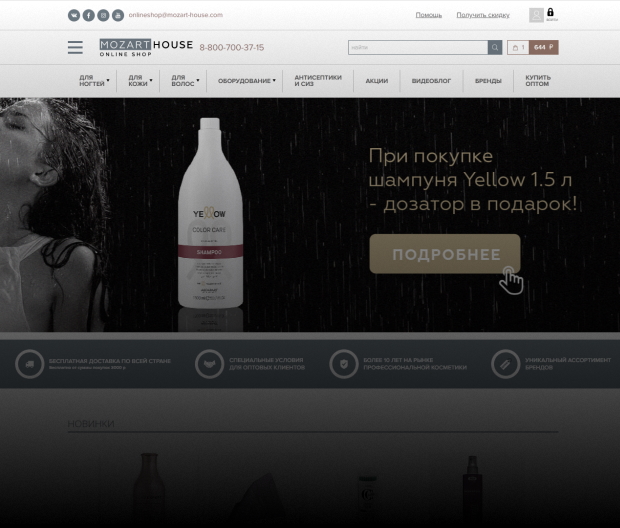
.jpg)
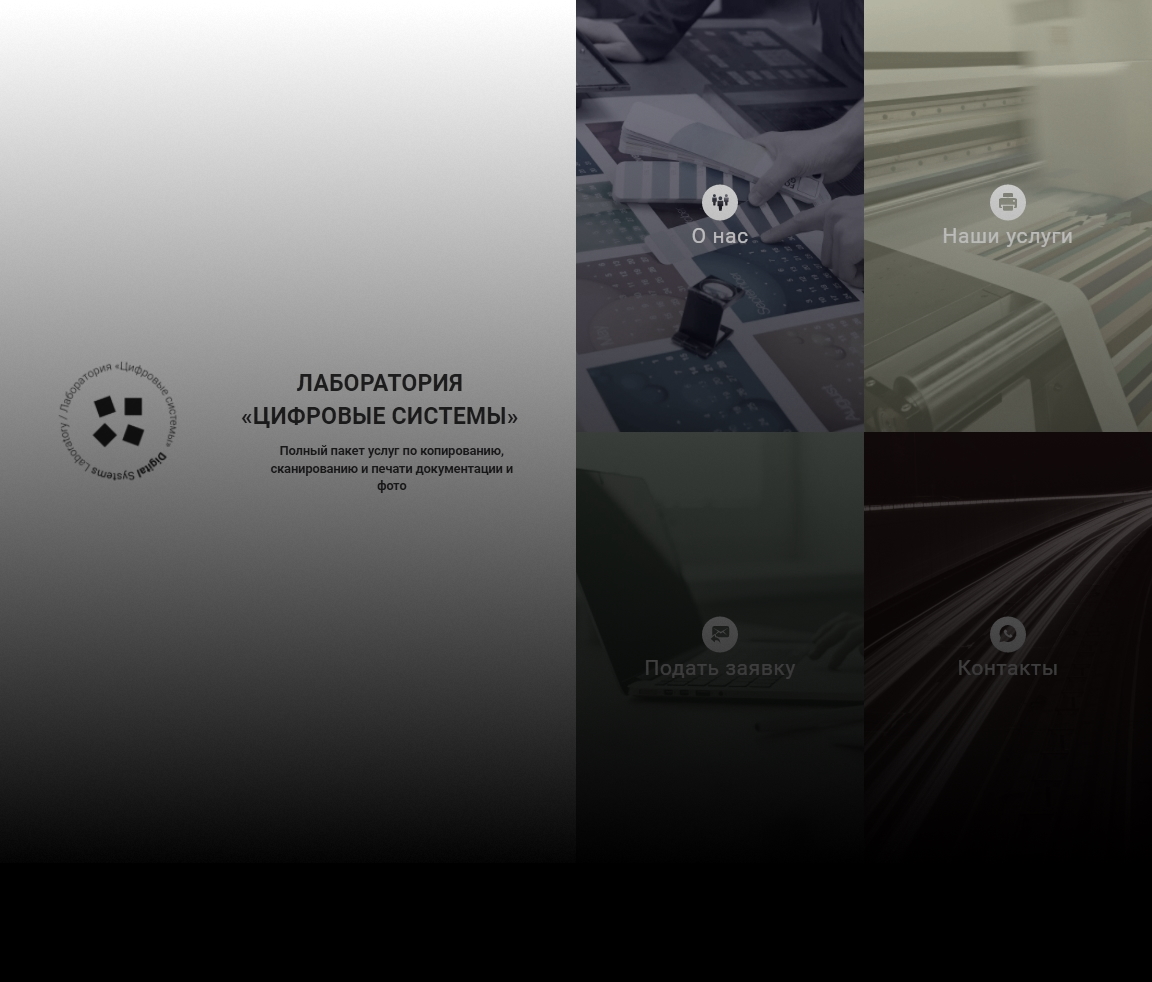
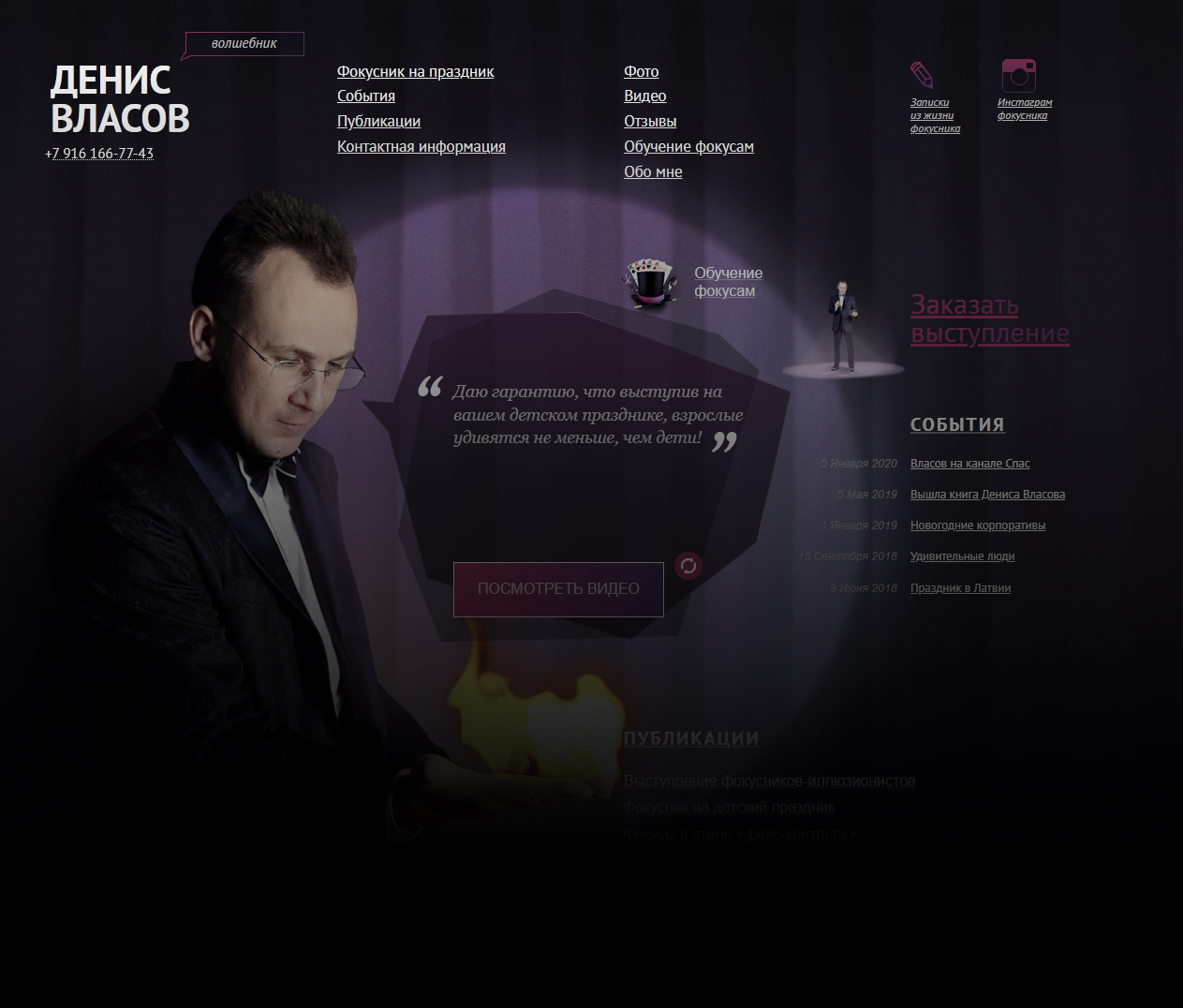
.jpg)
